Energy Sector Investments
Investments in renewable energy infrastructure are emerging as a significant driver for the Steel Market. The transition towards sustainable energy sources, such as wind and solar power, requires substantial amounts of steel for the construction of turbines, solar panels, and related infrastructure. In 2025, it is estimated that the renewable energy sector will account for approximately 15% of global steel demand. This shift not only supports the Steel Market but also aligns with broader sustainability goals. As countries commit to reducing carbon emissions, the demand for steel in energy projects is likely to increase, presenting opportunities for growth within the industry.
Technological Innovations
Technological advancements in steel production and processing are likely to reshape the Steel Market. Innovations such as automation, artificial intelligence, and advanced manufacturing techniques are enhancing efficiency and reducing costs. For example, the adoption of smart manufacturing processes can lead to a reduction in production time and waste, thereby increasing profitability for steel producers. Furthermore, the development of new steel grades with improved properties is expected to open new applications across various sectors. As these technologies continue to evolve, they may provide a competitive edge to companies within the steel market, fostering growth and adaptation.
Automotive Industry Growth
The resurgence of the automotive sector is a notable driver for the steel market. With the increasing production of vehicles, particularly electric and hybrid models, the demand for high-strength steel is expected to rise. In 2025, the automotive industry is anticipated to consume around 20% of the total steel output, reflecting a shift towards lightweight materials that enhance fuel efficiency. Additionally, the trend towards vehicle electrification necessitates the use of advanced steel grades, which could further bolster the market. As automotive manufacturers seek to innovate and meet regulatory standards, the Steel Market stands to gain from this evolving landscape.
Infrastructure Development
The ongoing expansion of infrastructure projects across various regions appears to be a primary driver for the steel market. Governments are increasingly investing in transportation networks, bridges, and urban development, which necessitates substantial steel consumption. For instance, the construction sector is projected to account for approximately 50% of total steel demand, indicating a robust correlation between infrastructure initiatives and steel production. Furthermore, the rise in urbanization is likely to amplify the need for residential and commercial buildings, further propelling the demand for steel. As nations prioritize infrastructure to stimulate economic growth, the Steel Market is poised to benefit significantly from these developments.
Trade Policies and Tariffs
The influence of trade policies and tariffs is a critical driver for the Steel Market. Changes in international trade agreements can significantly impact steel prices and availability. For instance, tariffs imposed on steel imports can protect domestic producers but may also lead to increased costs for manufacturers reliant on imported materials. In 2025, fluctuations in trade policies are expected to create volatility in the Steel Market, affecting supply chains and pricing strategies. Companies must navigate these complexities to maintain competitiveness, suggesting that trade dynamics will play a pivotal role in shaping the future landscape of the steel market.
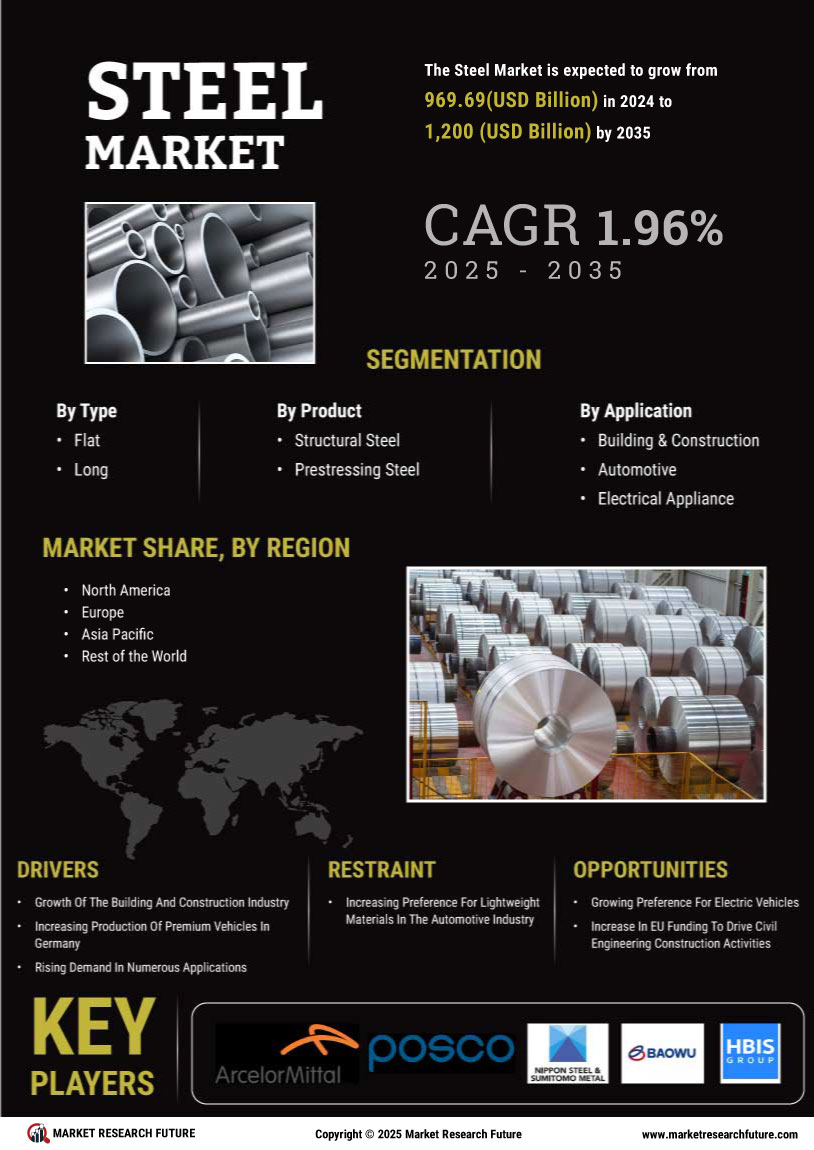

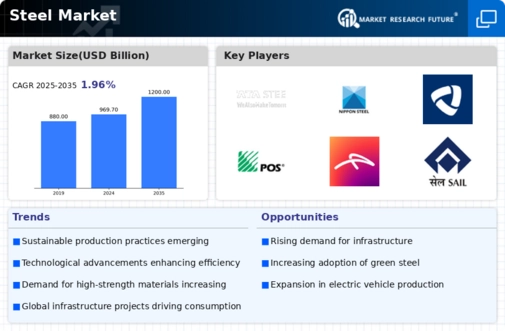
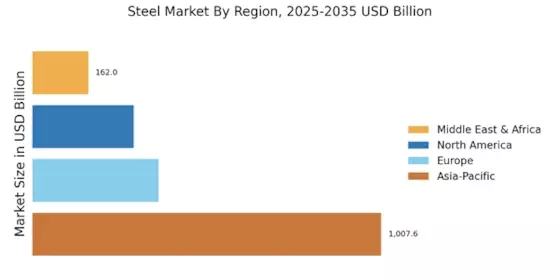

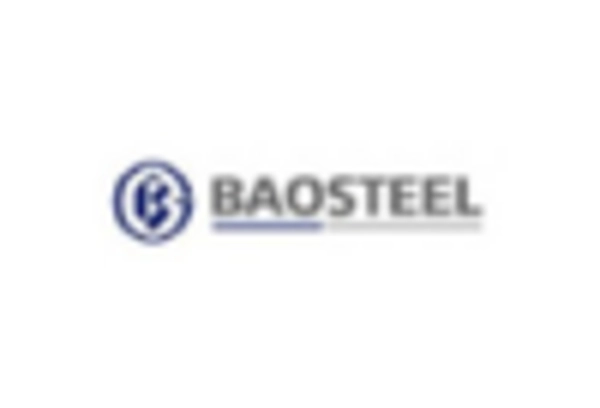
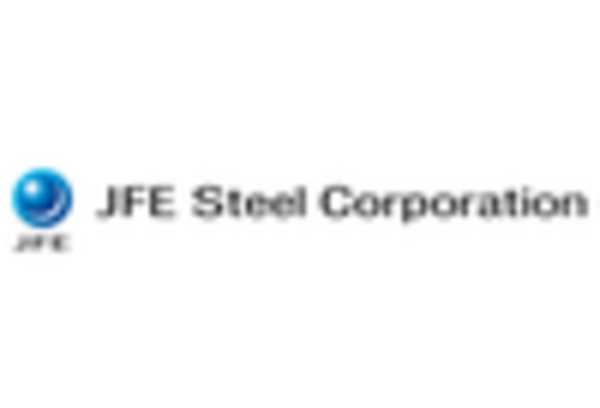
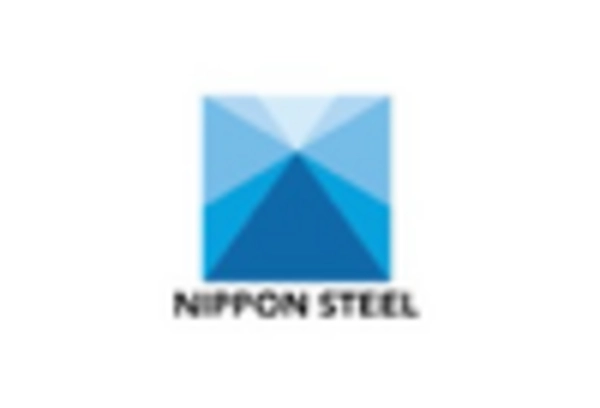
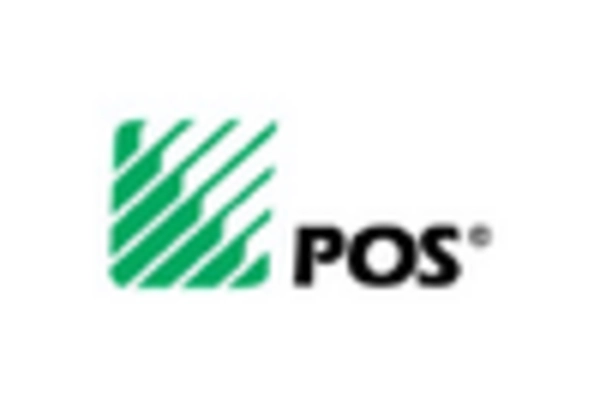
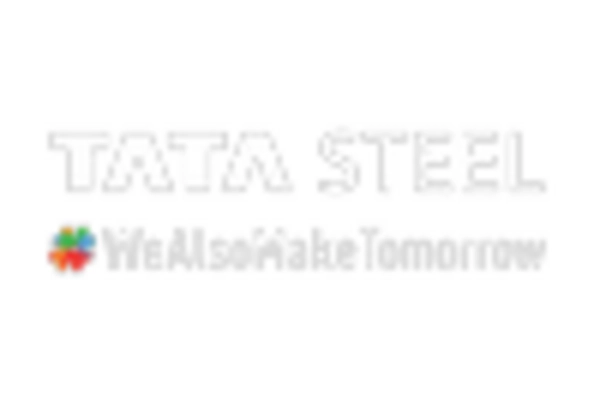








Leave a Comment